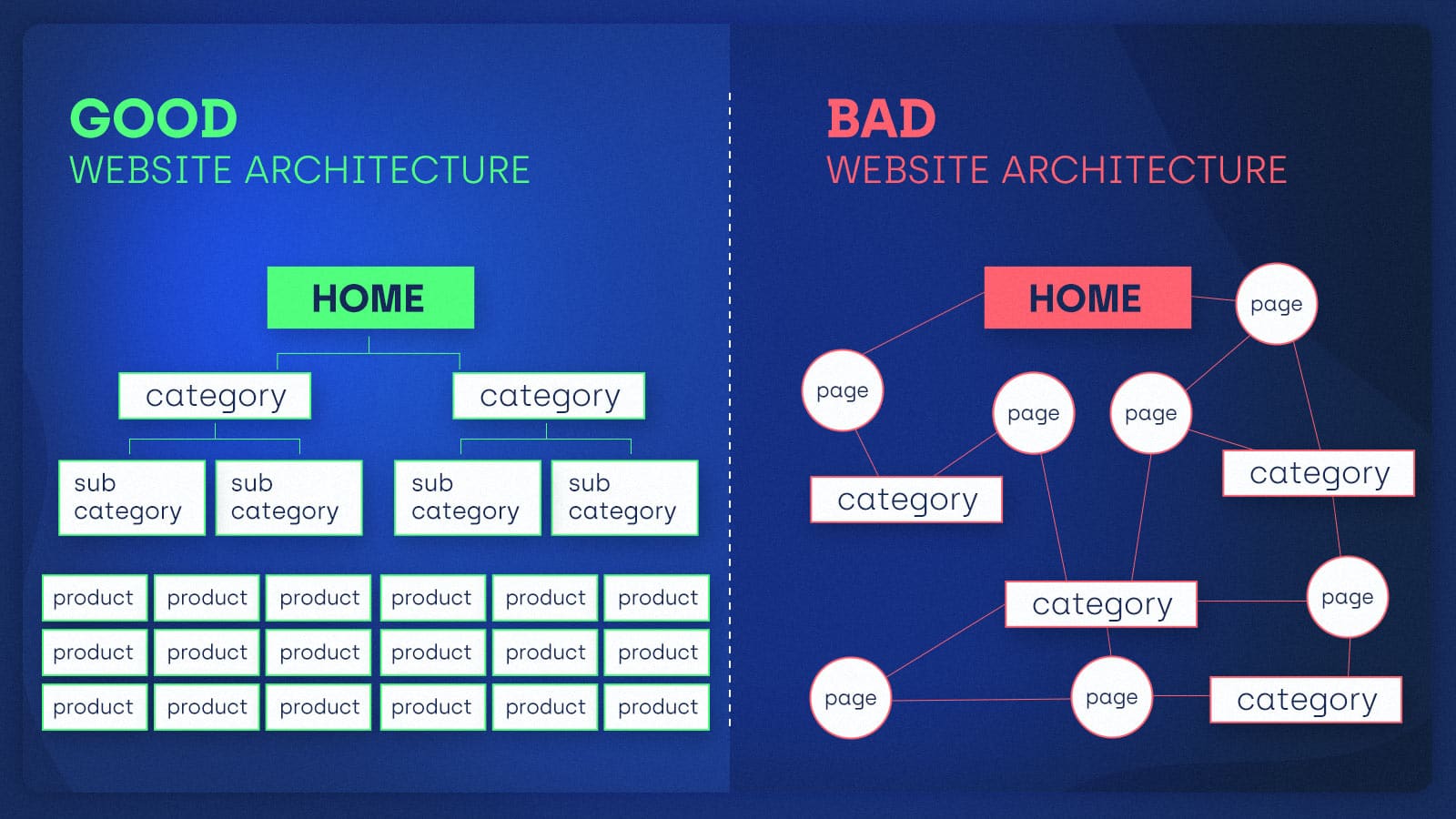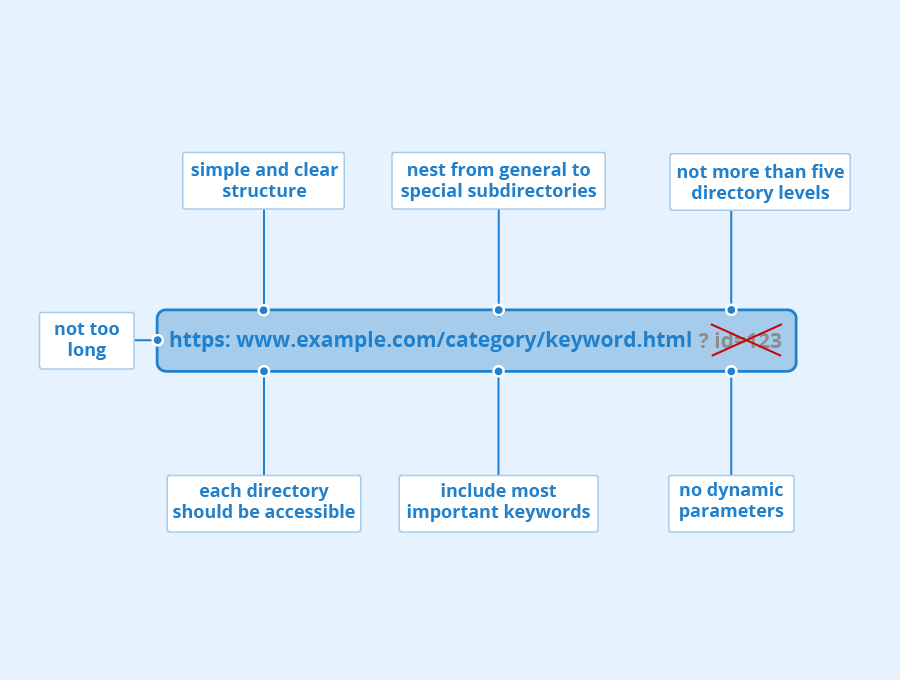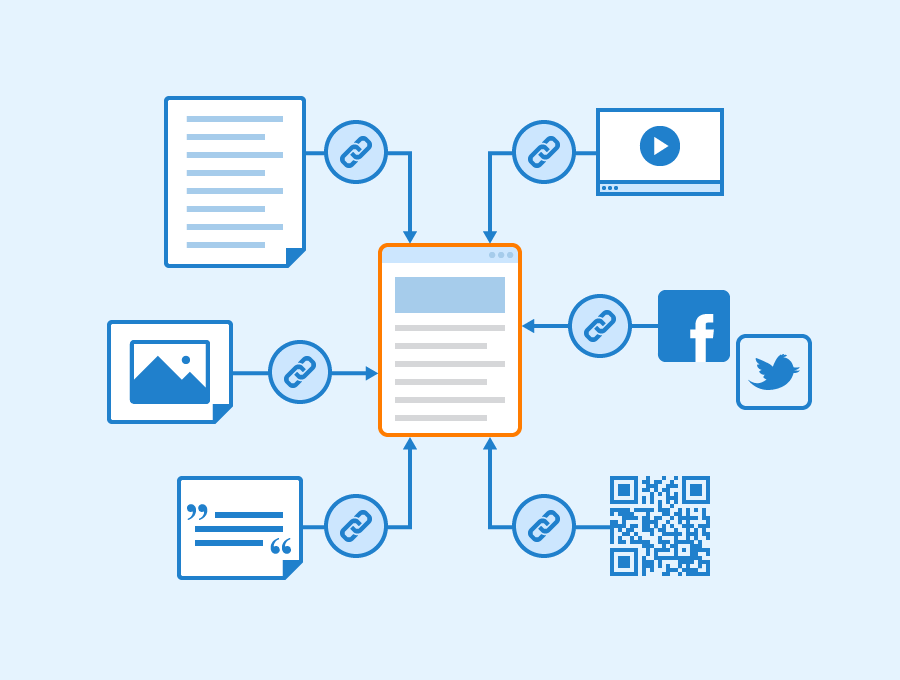How do you know when to update your eCommerce SEO Website Checklist?
Adjusting your E-Commerce SEO strategy can come from a variety of reasons, such as a sudden drop in traffic, a site migration, or simply because you think it’s necessary. In the context of an e-commerce business, you shouldn’t miss the opportunity when potential users are searching for your products.
Google evaluates a website’s ranking based on more than 200 different factors. Therefore, the SEO optimization process for e-commerce websites requires attention to many aspects, from keyword research to improving user experience.
Explore the most searched keywords and questions
When it comes to SEO, keywords are an important aspect, unsurprisingly, as they play a major role in the SEO checklist. This is inevitable, as there is no other way to achieve organic rankings.
Finding popular keywords is an important step for e-commerce businesses because they are the starting point of the consumer journey. Your Sales potential increases if consumers see your website appear in Google search results when they search for products. Therefore, doing effective keyword research is a key to a successful e-commerce SEO strategy.
Here are some helpful tips for you:
- Make sure to choose one target keyword for each specific page along with a few related keywords.
- Make sure the keywords you choose match the intent of your product or service page.

While these are just basic guidelines, they make a big difference. For example, if you are a cosmetics Brand and want to sell eyeliner, the keyword “eyeliner” alone is not enough. Instead, use other related keywords in the range of 1 to 15 with high search volume.
For example, when we put the keyword “eyeliner” into Google, we get a list of related phrases and keywords. Make sure to use at least the first few phrases to increase your searchability.
Once you have a large number of keywords, you need to filter out the relevant keywords. Keep in mind the suggestions below that will help you.
- Analyze your competitors to assess their positions for the right keywords.
- Use tools like Google Analytics to track keyword performance on each page and make data-driven decisions.
Once you have a final set of keywords for each page, incorporate them into your content. Many SEO experts recommend using about 1 keyword for every 100 words, with about 1% keyword density. This is a safe number that helps keep content from becoming keyword overloaded.
It’s easy to see that SEO isn’t just about keywords and content, it’s also about the experience and structure of the website. Which brings us to the next point.
Enhance website experience for users
Improving user experience is a broad term, so it’s important to break it down into parts and look at each part in detail.
When it comes to improving website experience, it includes:
- Correct website architecture,
- Friendly URLs and smooth navigation.
Let’s start with the first point.
Improve site performance and user experience
Search engines evaluate the quality of the user experience on your website, making page experience an important factor in SEO because it directly affects how users interact with your website. Some of the reasons why this factor helps boost SEO include:
- Websites with Core Web Vitals, such as Largest Contentful Paint (LCP), First Input Delay (FID), and Cumulative Layout Shift (CLS), are more likely to rank higher.
- With Google using Mobile-first indexing, your website needs to be mobile-friendly.
- Good user experience reduces bounce rate and increases dwell time (the time a user stays on a website after clicking on a search result).
- Check that the back-end APIs are fast and extensible.
- Don’t load page elements that are not important to the user.

Website Architecture with Reasonable Classification System
Website Architecture, from layout to design, also plays an important role in making it easy for users to access the website’s content and features.
How a website is organized is important from both the search engine and user perspective. Let’s take a look at some website architecture Dos and Don’ts to better understand website architecture:
Follow the Principles of Website Architecture
- Use descriptive and keyword-rich URLs to inform users about the purpose of the page.
- Maintain a well-documented sitemap (an XML document containing a record of all records) to prevent duplicate content.
- Don’t create too many categories or subcategories, and don’t create too few.
- Don’t use too many subcategories under a single category.
- Avoid using too many pop-ups or ads.
Once the website architecture is built, the user interface comes next, including convenient navigation and friendly URLs.

Create SEO-friendly URLs and smooth navigation
When it comes to eCommerce SEO strategy, one aspect that is often overlooked is the importance of friendly URLs and navigation. These small details have a big impact on the overall user experience and Search Engine Optimization of your online store.
- Friendly URLs are short, descriptive, and easy to read for both humans and search engines.
- They help users instantly understand what a page is about and make it easier to search and index your website.
- By incorporating relevant keywords into your URL, you can improve your page’s visibility in search results.
Additionally, having a well-structured navigation system plays an important role in improving the user experience on your e-commerce website. Using clear and easy-to-understand navigation makes it easy for visitors to find the information they are looking for, promoting engagement and leading to more transactions.

Here are some ways to do this!
- Remember that file names and query strings are case sensitive.
- Keep URLs short and keyword focused, using hyphens between words.
- Avoid using brackets or commas to facilitate search-oriented navigation, making it easier for users to find the information they are looking for.
Implement effective Off-Page SEO methods
Good content and keyword optimization are important, but link building and generating backlinks is also important. While on-page SEO involves optimizing content, off-page SEO involves strategies to improve your website’s searchability and rankings.

What methods should you take?
- Develop and distribute specialized resources such as guides, webinars, infographics, or studies that can be linked to naturally or shared on Social Media.
- Use public relations (PR) announcements to develop links.
- Use press releases to announce News and events to gain media attention and gain authoritative backlinks.
- Use influencer marketing. Partnering with professional influencers can help you reach a wider audience and generate significant backlinks and social shares.
- Contribute, share your thoughts, support others and build relationships.
- Set up a Video marketing strategy, which means using video to promote your business across multiple channels.
- Start or join industry live streams and podcasts.
Keep in mind that off-page SEO methods require time, effort, and strategic planning. So expect it to work over time. Whether you reach out to e-commerce agencies to build this strategy or hire an expert, off-page SEO is a long-term game.
However, when implemented correctly, these practices will significantly increase your website’s organic visibility and improve your chances of ranking higher in search engine results pages.
Conclude
Hopefully, you will find the checklist informative enough to build a strong eCommerce SEO strategy. While doing SEO may seem daunting and core to your business, remember that it is only part of the picture and not the whole picture. Don’t hesitate to contact SEO agencies that also develop content models, conversion rate optimization, and performance to build an SEO strategy that will yield results in the long run
Comment Policy: We truly value your comments and appreciate the time you take to share your thoughts and feedback with us.
Note: Comments that are identified as spam or purely promotional will be removed.
To enhance your commenting experience, consider creating a Gravatar account. By adding an avatar and using the same e-mail here, your comments will feature a unique and recognizable avatar, making it easier for other members to identify you.
Please use a valid e-mail address so you can receive notifications when your comments receive replies.
